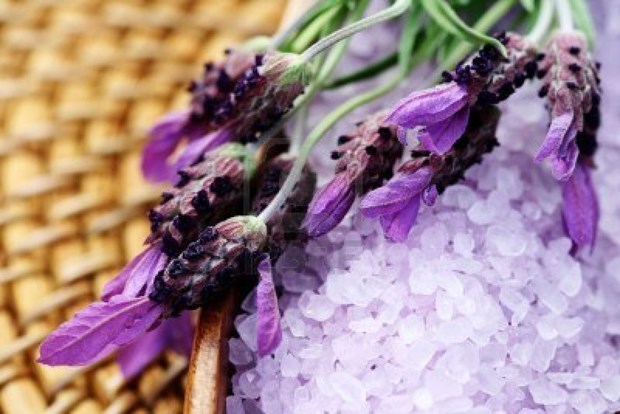
Massage the whole body with sea salt liquid, relax in 15 minutes then rinse well by warm water can help to beautify your skin.
There
are quite many types of salt (NaCl), such as sea salt, rock salt (halite),
table salt, Kosher salt, iodized salt, and pickling salt. And sea salt must
carry flavors of oceans.
Crops need rains
while salt needs sunlight
Rock
salt is from salt mines. People pump water into salt mines to get concentrated
salt liquid then crystalize that liquid to produce rock salt. This type of salt
has high purity, white color, and smooth grains.
In
the other hand, to exploit sea salt, people pipe salt water into saltpans and
let the water evaporate under sunlight and crystal salt stay back on the pans.
Salinity
of rock salt liquid is quite concentrated, around 20 – 30% or above while sea
water is about 3.5%; miners can actively work with rock salt liquid (heating
and re-crystalizing) while farmers must depends on moods of the sun to complete
evaporating process. Therefore, price of sea salt is much higher than rock
salt, and farmers on saltpans could have quit the job any time.
Where the ocean
flavors come from?
Salt
mines originally were from oceans as well. Million years ago, saltwater lakes,
after evaporation and geological changes, became salt mines. Salt from those
mines is quite pure while sea salt contains other mineral magnesium, calcium,
potassium, iron, zinc, and a bit of iodine, which all of them are necessary for
people’s health.
Sea
salt also has the scent of oceans, which is seaweed. This typical scent would
be strong or mild depends on locations of exploited areas. With some grains of
sea salt on food, gourmet will recognized the essentially oceanic taste
blending in every bite. That’s the reason gourmet prefers sea salt rather than
other types of salt. In fact, if you use salt in BBQ sauce or broth, oceanic scent
or Himalayan scent would be gone.
Import salt and
Domestic salt
Household
salt in the US or European countries is rock salt with smooth and dried
miniature grains. This type is usually mixed with a tiny amount of iodine and
anti-clotting additives for aesthetic aspect.
Our
salt in Viet Nam, usually 1kg packages, is sea salt, and also iodine added to
meet the standard of national health care policy. That sea salt has bigger
grains, higher humidity, and less white than rock salt. There is another type
of salt in Vietnamese market, which is totally desiccated and bright white,
from China. Salt farmers in Viet Nam have been suffered because they can’t
compete prices with Chinese products.
Another
type is pickling salt, which is 100% pure rock salt. Iodine or anti-clotting
addictive is unnecessary because this extremely smooth salt is used for
pickling.
Why is salt disgraced
by scientific people?
Long
time ago, scientific field has disgraced salt mainly because of its sodium
(Na).
Many
researches have claimed that too much salty food can cause the risks of
cardiovascular symptoms, coronary, stroke, stomach cancer, and especially high
blood pressure.
Even
though the cause of salt to mentioned diseases has been controversial, WHO
recommended people not to excess 5g of salt per day.
In
conclusion, salty tasting is just a habit. All types of salt is almost the
same. There is no such thing that “this salt provides more minerals and
vitamins” on commercial ads because the daily amount of salt we’ve consumed is
not enough to carry them.
By Vu The Thanh/TGTT
Translator: Thu Pham